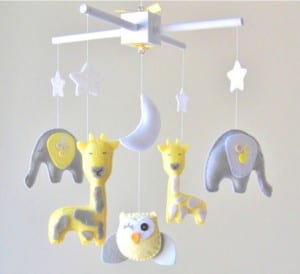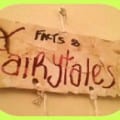
Finding time to pick up a good piece of fiction and get lost within the story is rare. In fact the only time I find myself lost in any form of fiction is when I’m asleep, in an allusive non-realistic dream.I know this is the case with a lot of university students. We often find ourselves only rummaging through book after book to gain factual knowledge or understand different theories or interpretations.
Therefore I decided to a create a book of fairy-tales.
Why fairy-tales? With the stress of deadlines, research and performance – it is nice to sometimes just follow a story that seems utterly unrealistic. More importantly, a fairy-tale book can be read anywhere, it isn’t attached to a particular site.
I thought back to a time of when fairy-tales really meant something. Childhood. However, there’s little use reading a fantasy story now and hoping to get lost within it like I did when I was eight.
I decided to look into the original series of Grimm’s Fairy-tales, first published in 1812.
I wasn’t thinking of the commercialised versions with happy endings such as Hansel and Gretel killing the witch and finding their way home, but the real true publications which were censored and some banned for being far too violently descriptive and frightening for children. In these versions, Hansel and Gretel brutally murder the witch, never find their parents and are forced to live a life in the woods…alone. Perhaps too frightening for children, but perfect for students aged 18 upwards.
I was set on this idea, but I still needed to make something that was interesting to look at, but practical in terms of time. I decided my book must have many pictures (after all, a picture is worth a thousand words), short snippets of fantasy text and be visually stimulating.
I went back to my thought of dreams. If the only time I managed to get lost in a story was in a dream, then I would have to create a book that could be read when sleeping. Impossible. Or not…
In fact there is a huge market of ‘books’ which cater to sleep and dreaming. Baby mobiles! Often having different characters, shapes, colours: all in order to create a story, sort of safety blanket to encourage happy dreams if a baby does stir from sleep.
I began to create my own, with string, burnt paper and dead flowers -using characters from Grimm’s fairy-tales. A scary picture of Hansel and Gretel pushing the witch into an oven, a boy who had lied so much that his nose became too big for him to walk, and his parents abandoned him and short sections of text all about the consequences of being bad.
My art book, on the contrary to traditional fairy-tale books is specific to site.
It can only be read to its full potential hanging over a bed. This is because its full potential would mean engaging with it when stirred from sleep, with the hope it might influence your dreams.





